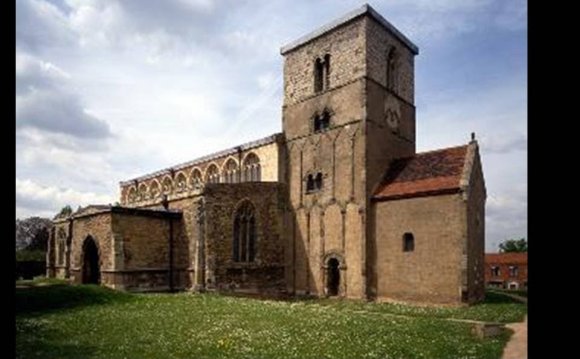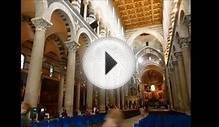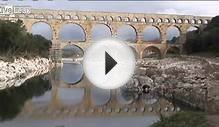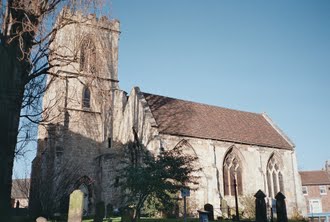|
Aldborough Roman Site, Yorkshire
Urban Centre
Once the capital of a Romanised tribe of native Britons, visitors today can still see two beautiful Roman mosaics as well as the remains of the town wall and a museum exploring the history of the town.
|
|
Ambleside Roman Fort, Cumbria
Roman Fort
Dating back to the reign of the Emperor Hadrian, this fort was originally built for two purposes; to protect the Ravenglass to Brougham Roman Road as well as acting as a supply base for Hadrian's Wall to the north.
|
|
Aesica Roman Fort
Hadrian's Wall Fort
Excavated in the late 19th century, Aesica is the ninth fort on Hadrian's Wall. A Roman bathhouse has also been discovered a short distance south of the fort.
|
|
Agricola's Ditch
Roman Road / Ditch
This enormous earthwork follows the route of Hadrian's Wall from coast to coast, although its purpose has long been argued. It is now thought that Agricola's Ditch (also known as the Vallum) was built as a boundary for the militarised zone around Hadrian's Wall, i.e. so that the local civilians would keep their distance!
|
|
Arbeia Roman Fort, Northumberland
Hadrian's Wall Fort
Once a maritime supply fort for Hadrian's Wall, today Arbeias barracks and gatehouse have been reconstructed and a museum set up to showcase the history of the site.
|
|
Ardotalia, Derbyshire
Roman Fort
This unexcavated fort could have once housed up to 1000 troops and until the late 18th century, the stone remains could still be seen. Unfortunately the remains of the fort now lie underground although it is still possible to make out the ramparts.
|
|
Beckfoot (Bibra) Fort, Cumbria
Roman Villa
Although the mighty Hadrian's Wall stood as the main defensive feature protecting the northern extent of the Roman Empire in Britain, the coastline close to the Scottish border was still exposed to attack. To plug this gap in their defences, the Romans built a series of milefortlets extending down the Cumbrian coast from Hadrian's Wall, linked by a road rather than a wall. Although many of these defences have now been lost, one of the major forts was located at Beckfort. Now just a series of crop marks, the fort was manned by the Romans until around AD 407 and was once home to the Cohors II Pannoniorum, a 500-strong infantry unit from the province of Pannonia, now a region of the Czech Republic. Excavated in 1879, evidence of a civilian settlement, or vicus, was also uncovered.
|
|
Bignor Roman Villa, Sussex
Roman Villa
Boasting some of the most complete Roman mosaics in the country, Bignor Roman Villa was discovered in 1811 by a local farmer and has been a popular visitor attraction ever since. The villa dates from around 200AD and was demolished or burnt down around 200 years later.
|
|
Birdoswald Roman Fort, Cumbria
Hadrian's Wall Fort
This well preserved fort on Hadrian's Wall was built around 110AD and included barracks, granaries, officers mess and even an exercise building (i.e. a Roman gym). There...
|





 The Church of St Denys, Walmgate is a Grade I listed building in Walmgate, York, Yorkshire. It was built on the site of a Saxon church and possibly of a Roman temple (the earliest records date from ca. 1154). Inside some of the earliest stained glass in York can be...
The Church of St Denys, Walmgate is a Grade I listed building in Walmgate, York, Yorkshire. It was built on the site of a Saxon church and possibly of a Roman temple (the earliest records date from ca. 1154). Inside some of the earliest stained glass in York can be...








